In recent years, Tenmoku has seen a rising trend in the collectibles market, with vastly different prices for different types of Tenmoku, ranging from several hundred thousand yuan to just a few yuan. Even for works by the same author, prices can vary greatly, which has been a problem for many Tenmoku enthusiasts. So how can you distinguish whether Tenmoku is valuable at a glance among the numerous options available? Those who are unsure may refer to the following four points:
1. Body structure and technique.
There are generally two types of body structure and technique for Tenmoku on the market: one is the traditional hand-pulled body, and the other is the modern mechanical pressing technique.
Hand-pulled body forming is an ancient technique and the traditional process used to produce the body of Tenmoku in a traditional kiln. The entire process of making the body, including shaping and trimming, is done by hand by skilled craftsmen. Due to its difficulty and low yield, hand-pulled body forming requires experienced masters with long-term experience in pottery making. Tenmoku made by hand has smooth lines, elegant shapes and a more dynamic appearance. Even for the same product, each hand-pulled Tenmoku will have some differences in height, size, and shape, making each one unique and therefore more valuable.
Mechanical pressing, as the name suggests, is a method of production that uses machines. Typically, craftsmen create a model of the body in advance, and then mass-produce it using the model. Compared to hand-pulled Tenmoku, Tenmoku made by mechanical pressing is generally less expensive, and Tenmoku sold for several tens of yuan are usually produced this way. The body of Tenmoku made by mechanical pressing is thicker and more rigid, and lacks the smoothness of hand-pulled Tenmoku. However, with the progress of automation and the decline of manual labor, hand-pulled body forming has been largely replaced by mechanical pressing. Therefore, hand-pulled Tenmoku on the market are generally more valuable than those made by mechanical pressing.
2. Size and shape of the object.
The difficulty of making Tenmoku (tea bowls) is closely related to the size and shape of the object. The larger the bowl, the more difficult it is to make. As a tool for drinking and brewing tea, Tenmoku usually has a diameter of 6cm to 9cm, with those over 10cm being considered as large-diameter Tenmoku. Large-diameter Tenmoku have higher difficulty in the firing process, with thicker walls, and are prone to uneven heating, making it difficult to achieve the desired effect. In addition, large-diameter Tenmoku require more raw materials and take up more space in the kiln during firing. Therefore, large-diameter Tenmoku are more expensive and have a higher practical value and aesthetic value compared to small-diameter Tenmoku.
 3.Firing technique.
3.Firing technique.
Also, the unstable factors of wood firing have prompted the upgrading and transformation of Tenmoku firing techniques, leading to the emergence of controllable heating methods such as electric firing and gas firing. This can greatly improve the yield rate of Tenmoku firing, but it also loses the original rustic charm of wood-fired Tenmoku. Compared with wood firing, the body of electric-fired or gas-fired Tenmoku is less oily, slightly rigid and unnatural, overall slightly rough, and the texture is relatively single. Therefore, they are not as valuable as wood-fired Tenmoku.
4.Bottom seal.
The trend of bottom seals on Tenmoku can be traced back to ancient times. More than 500 different types of seals have been found in the specimens and complete Tenmoku unearthed from Jian kilns. Nowadays, many famous masters are accustomed to carving their unique seal on the bottom of the Tenmoku. This special signature is not only helpful in identifying the works of the master, but also can be vigorous and elegant in style, adding beauty to the Tenmoku. Some even invite calligraphy masters to design the characters, which has the effect of icing on the cake. There is even a saying that "a wonderful seal is worth a thousand gold." These exquisite seals leave the mark of famous masters on Tenmoku and add a lot of value to them.
In recent years, there have been various opinions about the value of Tenmoku. Some believe that the value of Tenmoku lies in its gorgeousness as a tea-drinking vessel, while others believe that its value is represented by its collectability and appreciation. However, the greatest value of Tenmoku, in the opinion of the author, lies in the long history and inherited firing techniques that it carries, allowing us to glimpse its mysteries even after thousands of years.


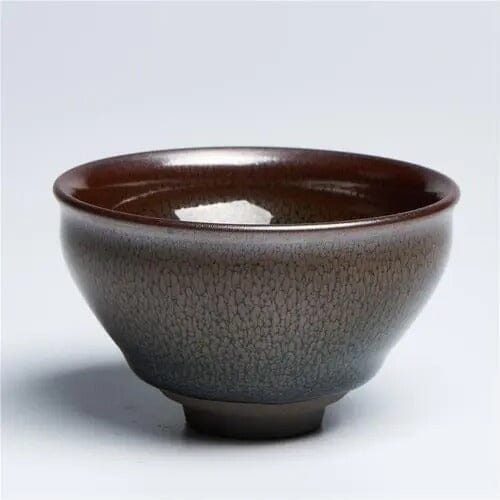
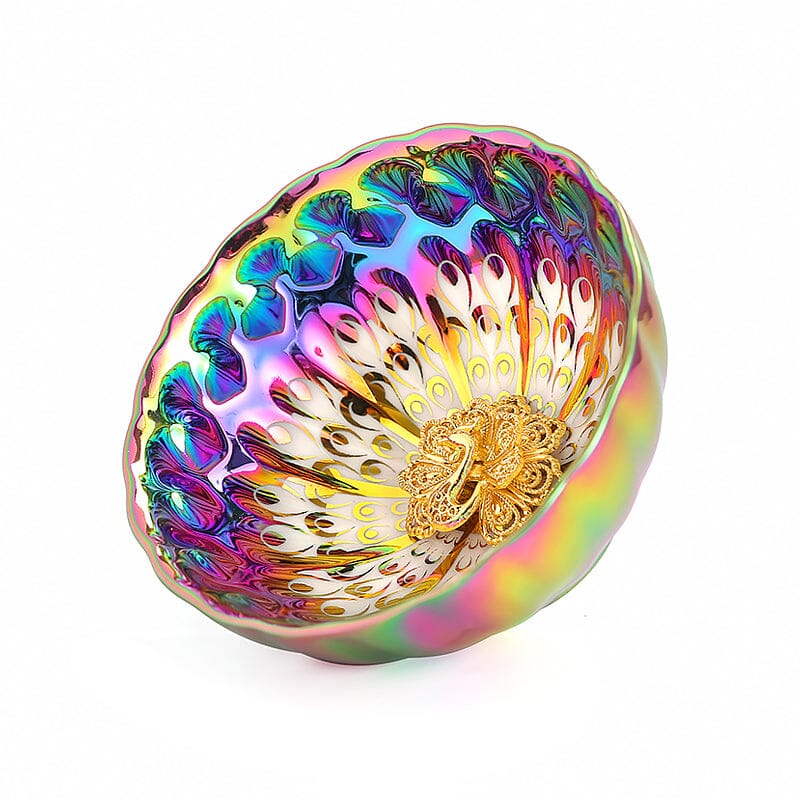
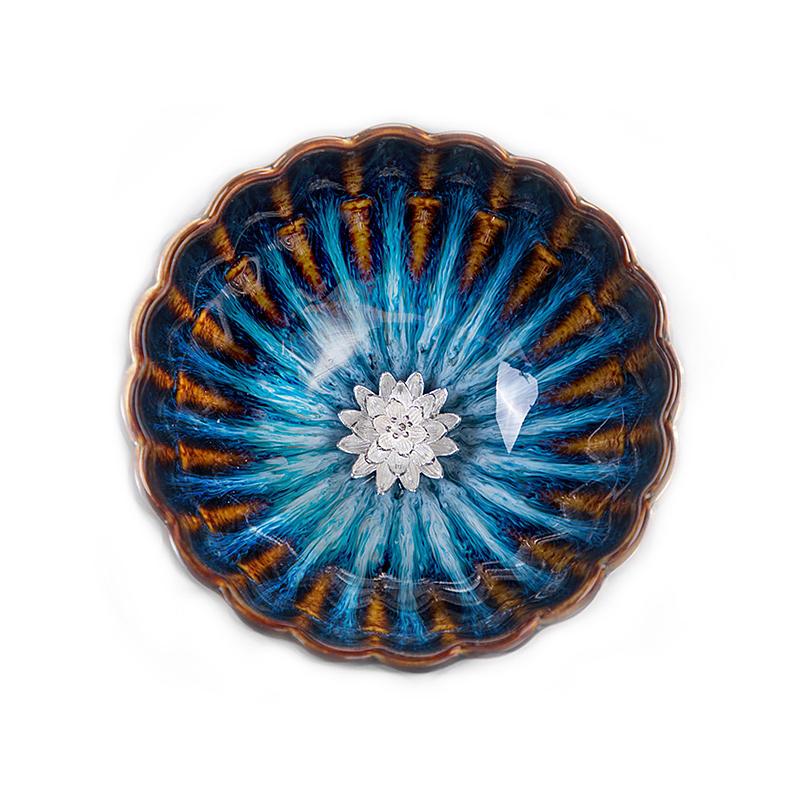
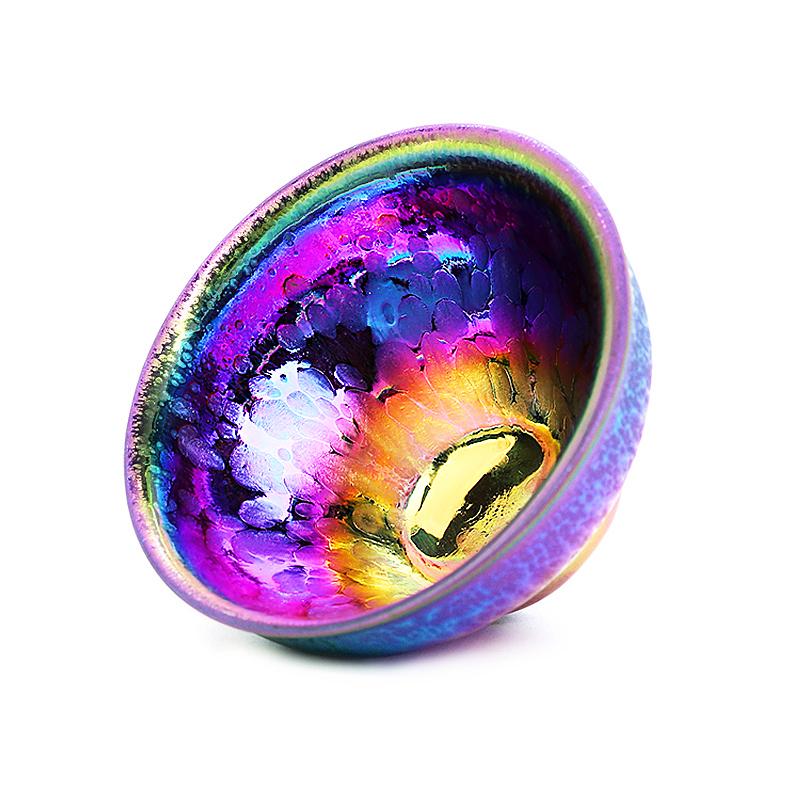
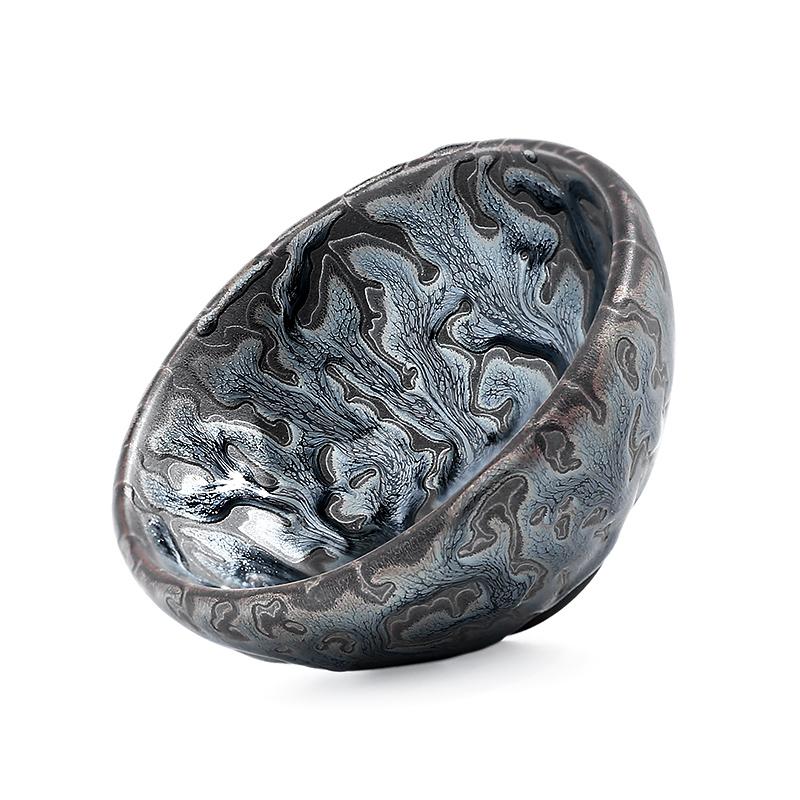
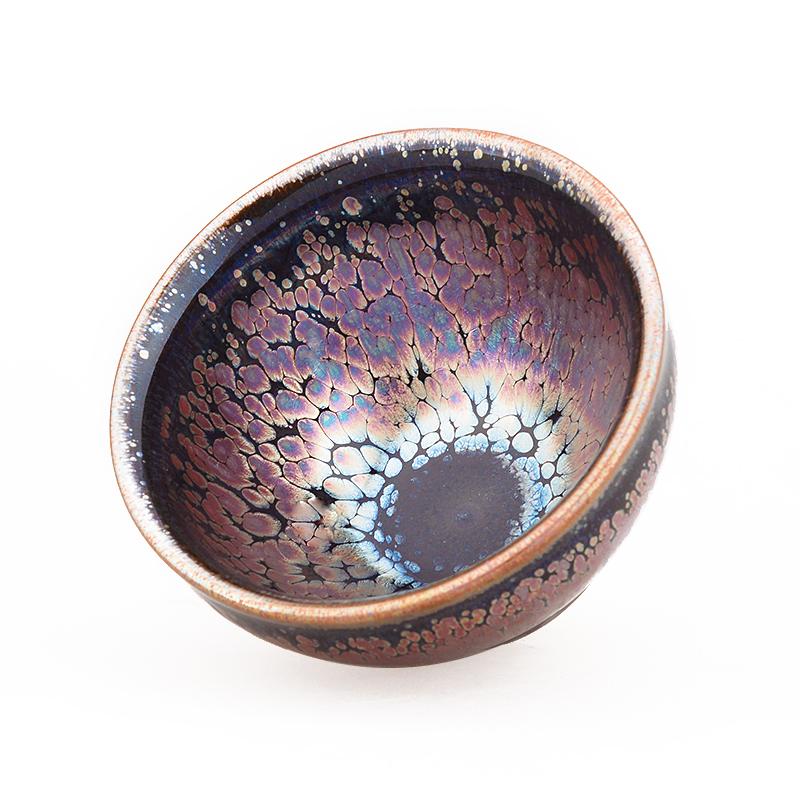
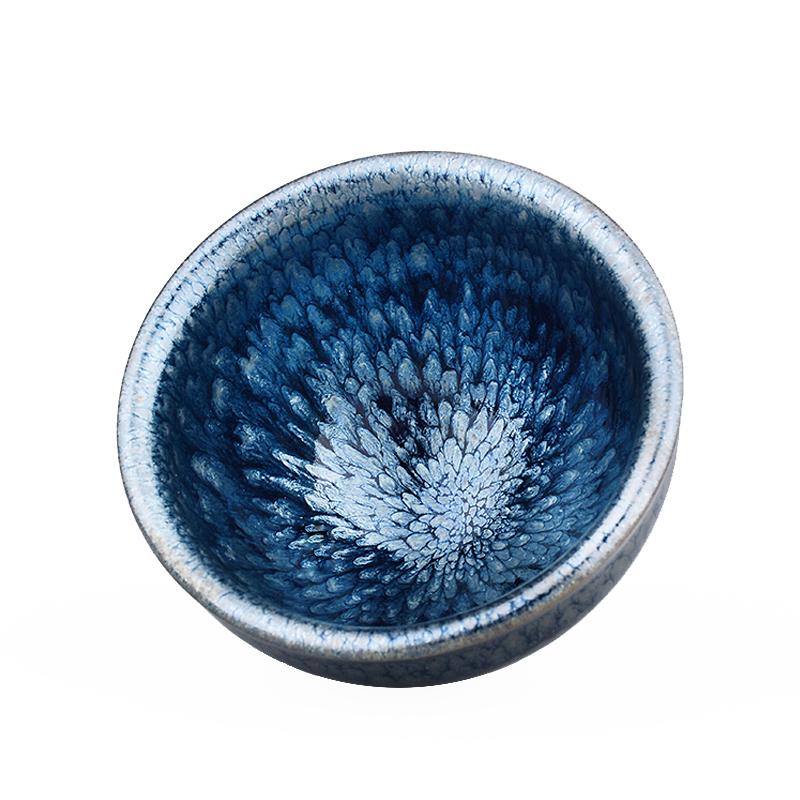
Share:
Is Tenmoku considered an art piece? Can ordinary people afford it?
20 Tenmoku glaze colors: Discover the patterns of this ancient ceramic